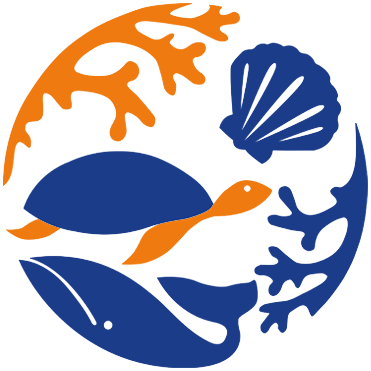Phalacrocorax auritus (Lesson, 1831)
Double-crested cormorantИзображение на Google |
No photo available for this species.
Классификация / Names народные названия | синонимы | CoL | ITIS | WoRMS
Aves | Pelecaniformes | Phalacrocoracidae
Environment: milieu / climate zone / пределы глубины / distribution range экология
; пресноводный; солоноватоводный. Tropical
Distribution страны | регионы FAO | Ecosystems | места находок | интродукции
Western Atlantic and Eastern Pacific. Tropical to boreal.
Length at first maturity / Size / Weight / Возраст
половая зрелость: Lm ? range ? - ? cm Max length : 90.0 cm TL самец/пол неопределен; (ссылка 94965); наибольший вес (опубликованные данные): 2.6 kg (ссылка 356)
Краткое описание морфология
Life cycle and mating behavior половая зрелость | размножение | нерест | Eggs | Fecundity | Larvae
Основная ссылка
ссылки | координатор | соавторы
Lepage, D. 2007 Avibase -the World Bird Database. http://www.bsc-eoc.org/avibase/avibase.jsp [accessed 09/07/2007]. (ссылка 7816)
Статус Красного Списка МСОП
(ссылка 130435: Version 2025-1)
Статус СИТЕС (ссылка 108899)
CMS (ссылка 116361)
Угроза для людей
Использование человеком
| FishSource |
инструменты
дополнительная информация
половая зрелость
Fecundity
нерест
Eggs
Развитие икры
Larvae
ресурсы в Интернет
BHL | BOLD Systems | CISTI | DiscoverLife | FAO(Publication : search) | Fishipedia | GenBank (Геном, Нуклеотид) | GloBI | Gomexsi | Google Books | Google Scholar | Google | PubMed | Tree of Life | Wikipedia (Вперёд, поиск) | Zoological Record


